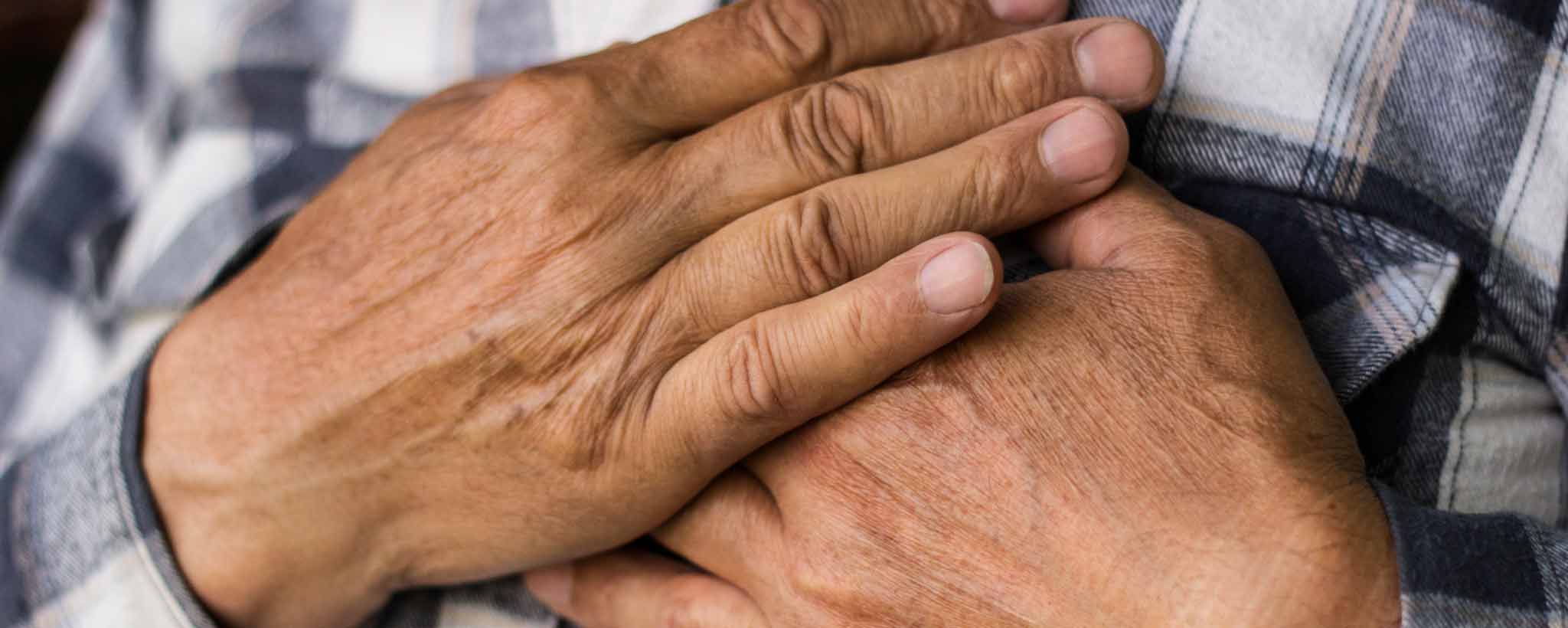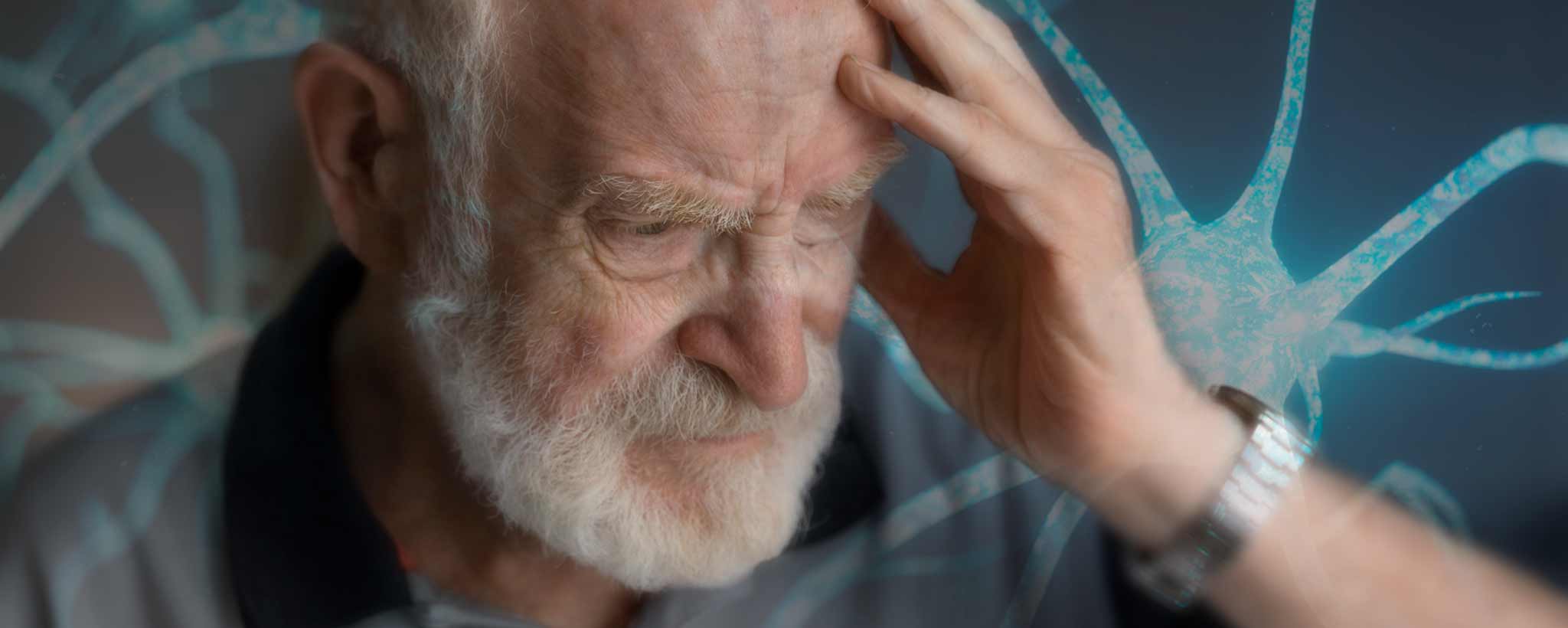Leukemia treatment typically involves stem cell and blood transfusions. These transfusion-free options offer hope for this cancer of the blood.
Publish 17 February 2022
Life in The Balance
“Your child is clinging to life.” The doctor might as well rip your heart out and throw it against the wall. That’s what it feels like. The instinctive parental response is, “What can you do to save him? You must be able to do something!”
Emotions force tears through the eyelids of the most stoic parents when a disease is difficult to cure. Complexity increases when a family’s religious convictions preclude traditional remedies. This is sometimes the case with leukemia. But there is reason for hope.
What Is Leukemia?
There are four major components of blood: red cells, white cells, platelets, and plasma. White blood cells defend the body against infections. Leukemia is a cancer within the blood cells and bone marrow. [1] The four primary types of leukemia have several subtypes.
Fast-growing acute leukemia variations contrast with slow-growing chronic leukemia. With acute myeloid leukemia, bone marrow circulates underdeveloped white blood cells. [2] These defective white blood cells are unable to fight off infection. Therefore, the body becomes susceptible to disease.
Four Main Types of Leukemia
- Acute lymphocytic leukemia (ALL)
- Chronic lymphocytic leukemia (CLL)
- Acute myeloid leukemia (AML)
- Chronic myeloid leukemia (CML)
Subtypes include: Hairy cell leukemia (HCL), a subtype of CML; Acute promyelocytic leukemia (APL), a subtype of AML; Myelodysplastic syndromes (MDS) is reclassified as AML with myelodysplastic features when blood or bone marrow blasts reach or exceed 20%. [1]
Leukemia can occur at any age. Adult-onset leukemia is more prevalent above age 55. Among adults, the most common types are CLL (35%) and AML (32%). ALL accounts for 75% of pediatric leukemia cases. [3]
Leukemia Manifestations
Symptoms include fever, persistent fatigue, easy bruising, chills, swollen lymph nodes, and tiny blood spots on the skin. Bruising is the bleeding of the small blood vessels underneath the skin. This is a common symptom of blood cancer. Excessive bleeding and bruising occur because there are not enough platelet cells to plug blood vessels.
Leukemia Complications
Diagnosis and care of leukemia cancer combines oncology, hematology, immunology, pathology, and other medical specialties. As cancerous blood travels through the bloodstream and lymph nodes, damage can spread to the brain, heart, and other organs.
Leukemia patients are at a higher risk of developing cardiac dysfunctions. The incidence of congestive heart failure is more common in leukemia cancer. Cardiac alterations in leukemia are due to a high amount of cytokines released to fight blood cancer. [4]
Conventional Leukemia Treatment

Leukemia shortens life spans regardless of the remedy. The hope is that the cancer goes into remission for a lengthy duration. However, this is not the case for some patients, even with the best care.
Using the most aggressive treatment, the average 5-year survival rate for all types of leukemia is about 66%. [5] Results vary among cancer types. The average 10-year APL survival rates are 80–90% according to one study. [6]
Treatment for leukemia depends upon the type, patient age, and general fitness level. Common options include chemotherapy, radiation therapy, and stem cell transplant. The major side effect of chemotherapy is low blood count (fewer red or white blood cells or fewer platelets in your body than normal). Therefore, leukemia patients routinely receive blood transfusions during chemotherapy.
Alone or in combination with other cancer therapies, immunologists may suggest immunotherapy. This helps the immune system fight leukemia. [7] Side effects for each treatment can range from mild to severe.
Transfusion Alternatives For Leukemia
Millions of people reject blood transfusions due to their religious convictions or other reasons. With the concern of decreasing survival, some medical facilities deny treatment to patients who refuse blood transfusions. Religious patients do not consider themselves to be martyrs. They seek the best care available without blood transfusions.
Some novel transfusion-free options offer hope for blood cancer. Arsenic trioxide and all-trans retinoic acid are two novel drugs in the bloodless treatment paradigm of acute promyelocytic leukemia (APL). Dan Douer, M.D., director at the USC/Norris Cancer Center, has hailed these drugs as a revolution in the treatment of blood cancer. [8]
Another drug called azacytidine has shown potential in the treatment of APL. Complete remission was observed in a Jehovah’s Witness patient who was treated with azacytidine therapy. [9]
A retrospective study of 498 patients revealed erythropoietin (synthetic or blood fraction [10]) was effective in 364 patients for optimizing red blood cells for cancer therapy delivery. [11] Treatment paradigms are shifting with the introduction of new and better drugs. Not all facilities have the expertise to offer non-blood medical management.
Currently, APL is the main type of leukemia with successful bloodless treatment options. But there is hope that the novel drugs can pave the way for a complete bloodless treatment of all leukemia.
To support the writing of useful articles about oncology, ClinicalPosters sells human anatomy charts, scientific posters, and other products online. You may sponsor specific articles, become a ClinicalNovellas Member, or remit a small donation.
ClinicalPosters sells human anatomy charts, scientific posters, and other products online to offset expense of the writing useful articles about oncology. Slide extra posters into DeuPair Frames without removing from the wall.
Show your support by donating, shopping for ClinicalPins, becoming a ClinicalNovellas Member, or leaving an encouraging comment to keep the research going.
To support the writing of useful articles about oncology, ClinicalPosters sells human anatomy charts, scientific posters, and other products online. You may sponsor specific articles or remit a small donation.
ClinicalPosters sells human anatomy charts, scientific posters, and other products online to offset expense of the writing useful articles about oncology. Slide extra posters into DeuPair Frames without removing from the wall.
ClinicalPosters sells human anatomy charts, scientific posters, and other products online. You may remit a small donation or become a ClinicalNovellas Member.
You can support the writing of useful articles about oncology by sponsoring specific articles, becoming a ClinicalNovellas Member, or remitting a small donation. Visible content is optimized for device size.
UPDATED 2025 – This article reflects editorial revisions since its original publication.
FAQ: Methods for treating leukemia
What is leukemia?
Leukemia is a cancer within the blood cells and bone marrow. The four primary types of leukemia have several subtypes.
What are the primary types of leukemia?
Acute lymphocytic leukemia (ALL), Chronic lymphocytic leukemia (CLL), Acute myeloid leukemia (AML), and Chronic myeloid leukemia (CML).
What are the signs and symptoms of leukemia?
Symptoms include fever, persistent fatigue, easy bruising, chills, swollen lymph nodes, and tiny blood spots on the skin.
What is the general leukemia treatment?
Leukemia treatment typically involves stem cell and blood transfusions. Using the most aggressive treatment, the average 5-year survival rate for all types of leukemia is about 66%.
What are transfusion-free leukemia treatment options?
Arsenic trioxide and all-trans retinoic acid are two drugs in the bloodless treatment paradigm of acute promyelocytic leukemia (APL). The drug azacytidine has shown potential in the treatment of APL. Erythropoietin therapy has been effective in optimizing red blood cells for cancer therapy delivery optimizing red blood cells for cancer therapy delivery.








 Romance & Health Intertwine. Fall in love with a captivating romance miniseries that explores the essence of well-being. Become a ClinicalNovellas member for heartwarming tales.
Romance & Health Intertwine. Fall in love with a captivating romance miniseries that explores the essence of well-being. Become a ClinicalNovellas member for heartwarming tales.





